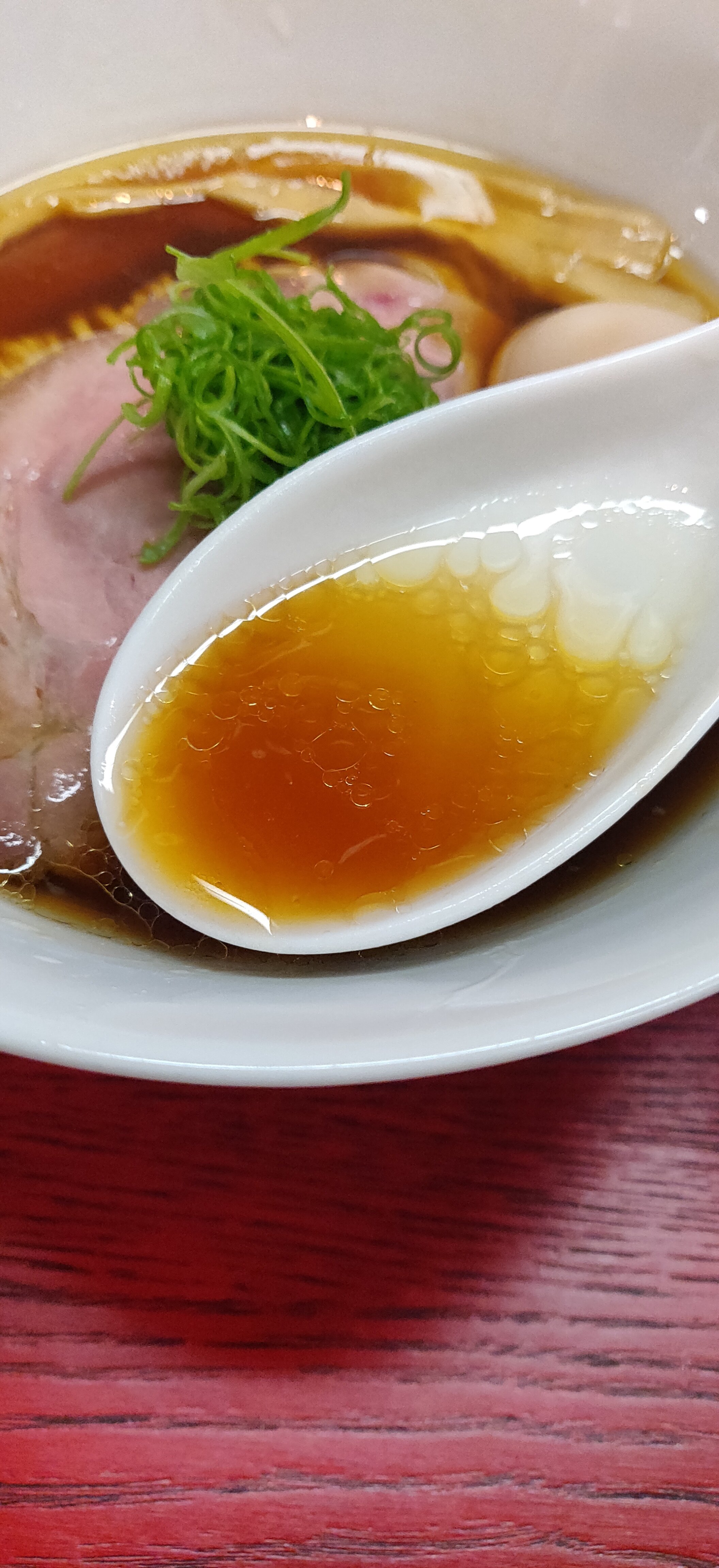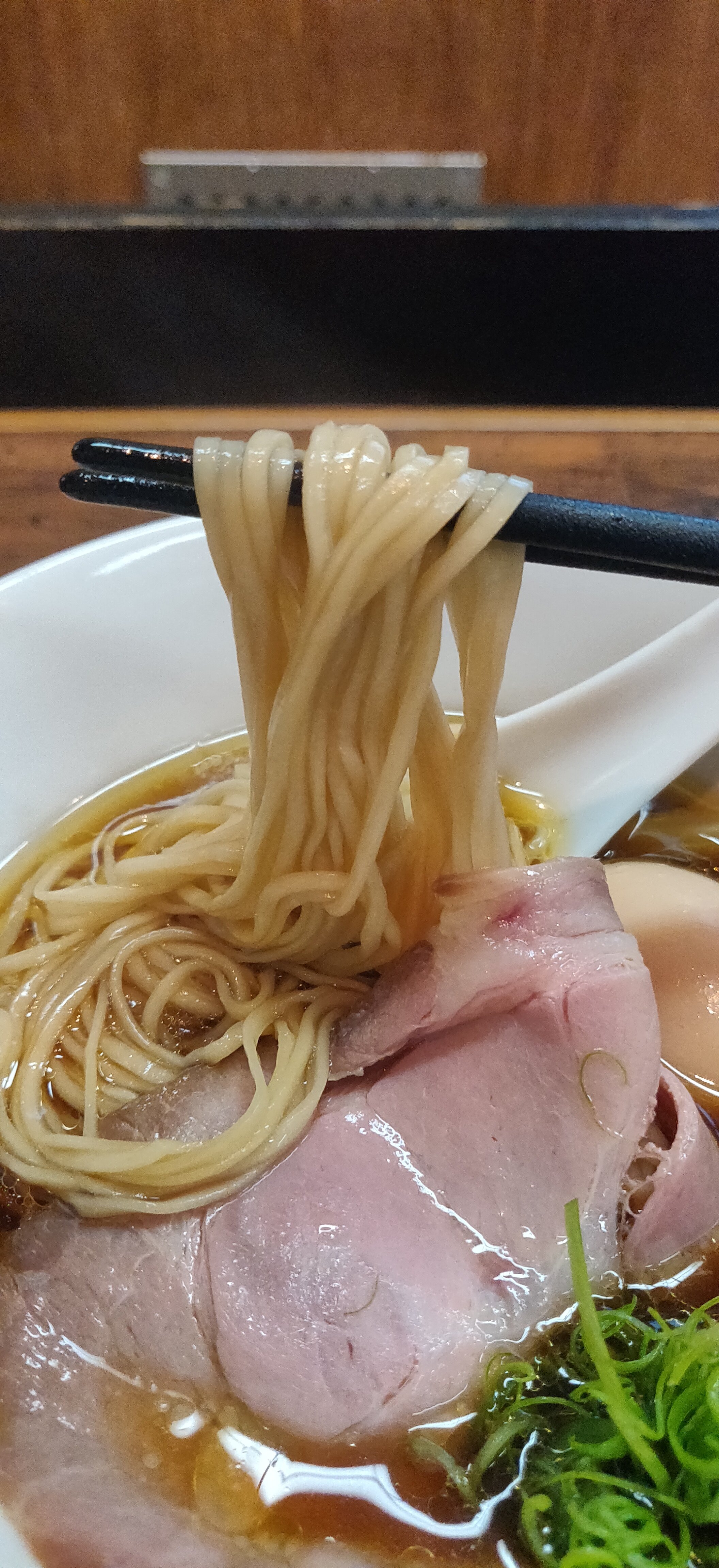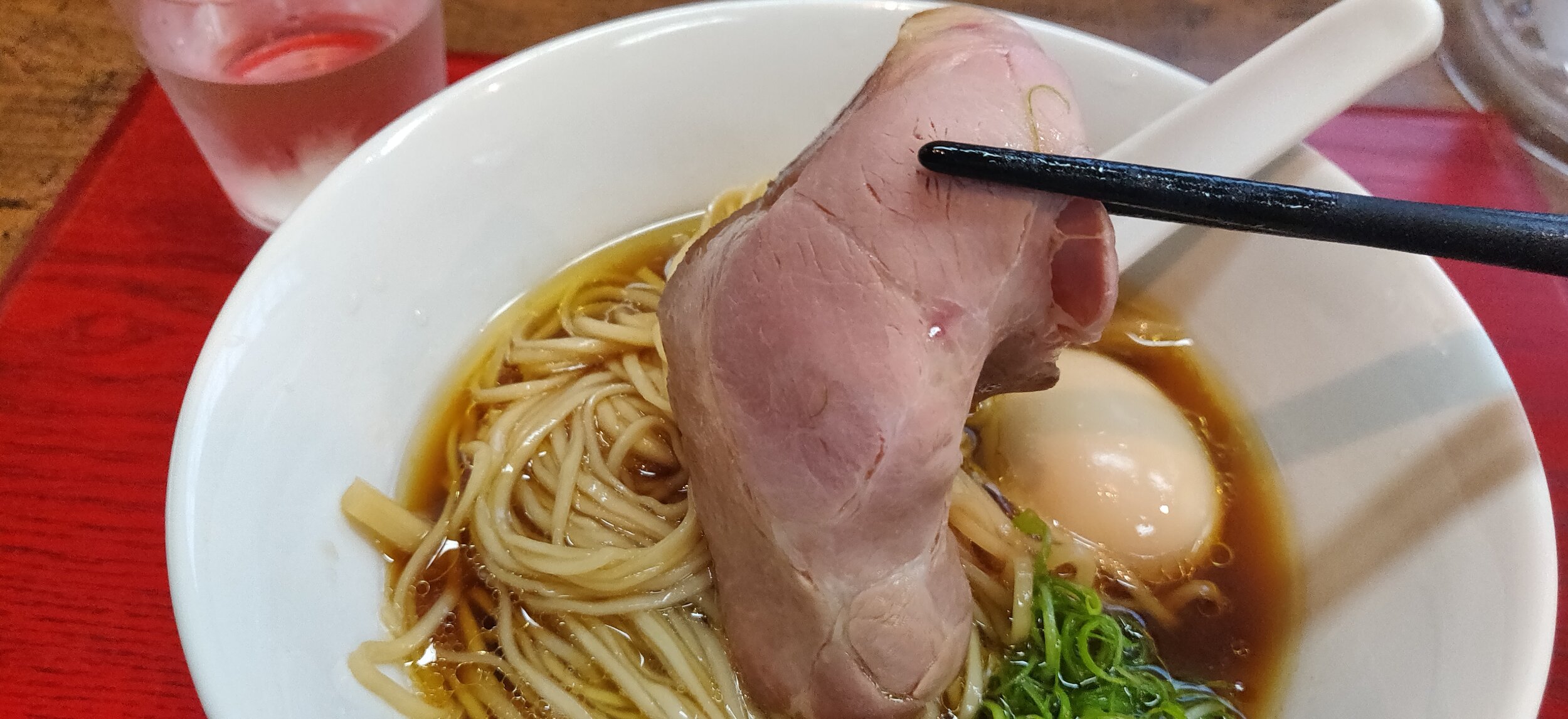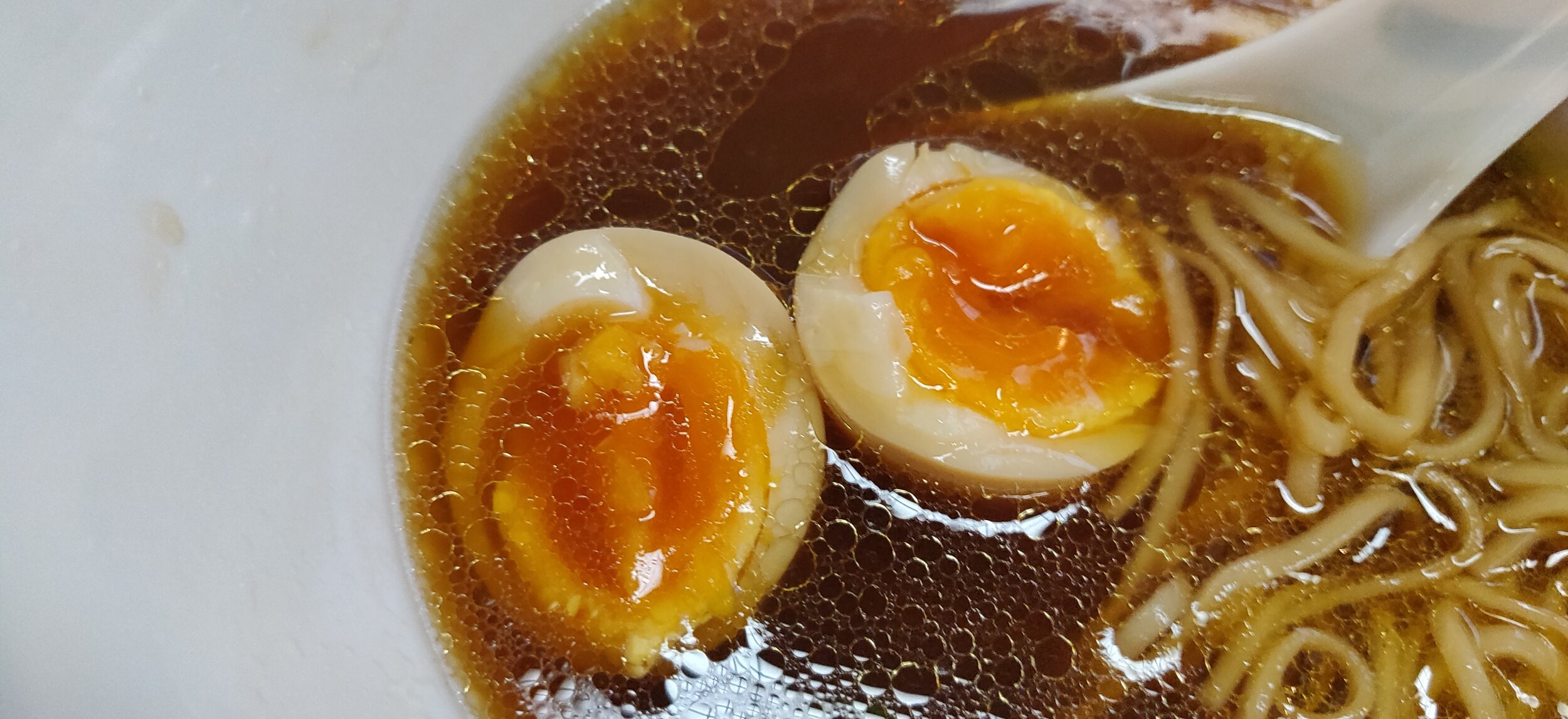Jinbocho Kurosu (神保町 黒須); Hidden Gem in the Curry Capital of Japan, Jinbocho, Tokyo
If you follow my secondary Instagram account, you may already know, but I love curry. If I’m not out eating ramen, I’m usually looking for a Tabelog Top 100 curry shop to hit up. On my search for curry restaurants around Japan, I frequently find myself in the Jinbocho district of Tokyo. For reasons unknown to me, this area has become the curry capital of Japan and a number of famous, highly regarded curry shops make their home here. In the midst of all these curry shops, a few top ramen shops have popped up. In a small back alley perpendicular to the main street is Jinbocho Kurosu which has gone on to make it on the Tabelog Top 100 for ramen as well as get a nod from the Michelin Guide as a Bib Gourmand. As I’m typically in the area for curry anyway, I made my way to try out a bowl that has quickly become one of the more famous ramen restaurants in Japan.
Kurosu is a short walk from Jinbocho station which can be accessed through the Tokyo Metro lines. Shop is located in a small quaint backstreet of Jinbocho so it is easy to miss. Rely on your google maps (which I included at the end) to navigate your way to the shop. Once you’re close, the line will be a sure fire way to let you know you’re in the right area as it draws long queues regardless of the time you come. Kurosu is open Monday-Saturday and is closed on Sundays and holidays. Hours are 11:00-15:00 for lunch and, currently during Covid, dinner hours are 18:00-20:00. Be sure to check back for hours post Covid, or do a little google search if you make a visit once travel opens. Important to note, Wednesdays and Saturdays are lunch only, so plan accordingly if you’re thinking of coming for dinner. Kurosu seats about 8 diners so be prepared to wait for a while if you see a queue longer than say 5 people. Once you get to the back of the line, a shop staff will come greet you and ask you to purchase your ticket at the machine. Hold tight until they come and get you. As you can see from the menu, they tend to attract a lot of foreign customers so they did me a solid as I don’t have to do my typical translation of the menu. On my visit I ended up ordering the Shoyu Ramen with Soy Dipped egg. I hear all of their menu items are quite delicious so I’ll leave it up to you which bowl to order. The following review of the shop will be based on my order.
Pictured is the Shoyu Ramen with the Ajitama soft boiled egg. Aesthetically the bowl is quite simple and is on par with a lot of these Neo Tokyo Chuka Soba, or New Wave Chicken ramen restaurants. An elegant noodle fold is hidden under the sous vide pork chashu and within the dark, shoyu soup. Around the rim up top is the hosaki menma bamboo shoots which are the top, softer portion of the bamboo. As I ordered the set with the Ajitama, my soft boiled egg rests to the right. Finally a generous mound of thinly sliced green onions finish off my bowl. Small note, I particularly liked the service of the shop and the way in which my ramen was presented. As soon as I sat, I was given an ice cold glass of water on a serving tray which was cleaned after each use. Once my ramen was ready, the bowl was carefully placed off center to give me ample room to dig in. Might not seem like much, but you’ll be surprised at how haphazardly and casual some shops will serve their bowls. I’m sure these subtle details went in to consideration when the Michelin Guide decided to award this shop a Bib Gourmand.
Anyways, on to the ramen. Stock is chicken and water only, which is currently trending in the ramen world. Even after countless bowls of this style, when I get to a top tier shop like this one, I’m blown away with how much flavor they can extract from just water and chicken. Kurosu uses two different types of chicken, a marudori and jidori, which is carefully simmered at 90 degrees Celsius for six hours. And that’s it. Words can’t describe how mind-blowing it is that such a delicious stock can be made in just these simple steps, but I’m sure there’s more to this that Kurosu hasn’t disclosed. Shoyu tare seasoning is a blend of 8 different types of soy sauce. Yes, you heard that right. 8 different types. What results is a complex soup made with simple ingredients that showcases the years of training and tasting by the master that can’t be replicated. The subtle oiliness from the chicken fat gives the soup a comforting flavor that is amplified by the salty and savory, complex shoyu tare. Chicken stock base gives the soup an amazing depth and richness that brings it all together. Honestly, the soup is the ultimate definition of refinement.
Noodles are made with a special Hokkaido grown flour called Haru yo Koi. The noodles get an earthiness to it from this flour and the ratio of the salt and alkaline kansui gives the strands a bounciness and chew that pairs perfectly with the refined soup. While it doesn’t soak the soup very well, it does do a good job of clinging the soup to make for a satisfying slurp. The water they use is Pi water which has a specific pH level that makes for perfect noodles. Pi water is used by a number of famous ramen shops and does make for some delicious noods. As for the toppings, the pork chashu is perfectly cooked to a rosy pink center from the sous vide method. The slice has a nice moistness to it and soaks up the soup for a tender and flavorful, meaty bite. Hosaki menma gave the bowl a crunchy texture variety and the fresh cut green onions gave me a refreshing palette cleanse between bites. Soft boiled egg was perfectly cooked to a oozing yolk center and had a fantastic shoyu flavor.
All in all, Kurosu makes a fantastic bowl of ramen and I can understand why they received a Michelin Bib Gourmand. If you google Jinbocho, the first few results would probably be curry or used books (number of antique book stores in the area), but don’t sleep on these ramen restaurants. Kurosu is a phenomenal shop that deserves recognition in this curry centric town. Definitely recommend a visit during your trip to Tokyo, or if you’re here in Tokyo, make a trip and check out this eclectic town. Did you enjoy my review? If you did, I would greatly appreciate if you donate or purchase one of my eBooks! I’m trying my best to eat at all of these amazing ramen shops to write a Ramen coffee table book and could use your support. If you can’t, no problem! You being here and reading these posts help me tremendously as well! If you make a visit to Kurosu, be sure to let me know in the comment section below or through my Instagram @ramenguidejapan. Cheers!








